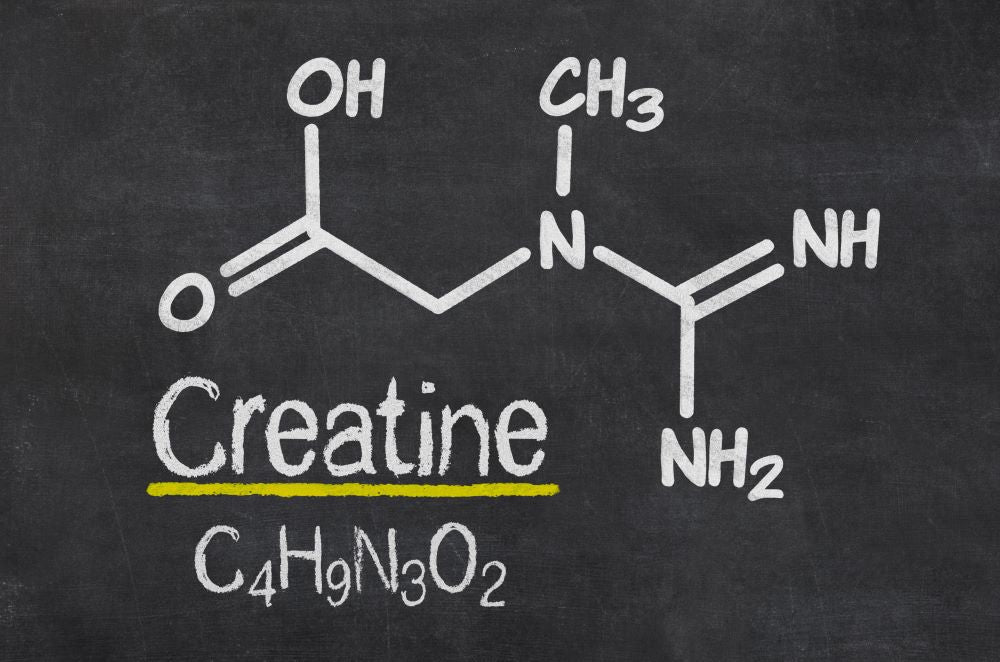Creatine Basics & Why It’s a Nootropic
Posted by JOANNA C

Creatine, a popular ingredient in pre-workout mixes and touted as a great supplement for building muscle, also supports cognition. How does it do so much, and what exactly is creatine? Below we outline the basics of creatine and how you can use it as a nootropic.
The amino acid Creatine is formed from glycine, L-arginine, and methionine. It is commonly referred to by the name Creatine Monohydrate, which is the salt form of the amino acid. You can find creatine in both human and animal muscle tissue and organs, but most of the creatine in the body is found in the skeletal muscles. Skeletal muscles contain 95% of the total creatine found in the body.
In the human body, creatine is made through the compilation of its precursor amino acids L-arginine, glycine, and methionine. The endogenous synthesis of creatine occurs in the pancreas, kidney, and liver after the precursor amino acids form the first stage of synthesis by creating guanidoacetic acid. Once this acid is produced, the guanidoacetic acid is converted to creatine in the liver after a process of methylation.
The creatine that is created after this methylation is very concentrated, and it exists in a form known as phosphocreatine. The phosphocreatine is then transported via the bloodstream to the muscles. Some muscle tissue contains both the highly concentrated form and creatine in its singular form. Skeletal muscles contain both forms of creatine, which the skeletal muscles use to form ATP, adenosine triphosphate, or the energy molecule used by the body to create units of energy.
The ability of creatine to help the muscles build ATP is the main reason that creatine is so helpful to muscles. It can help reduce the damage to muscles after exercise and help them recover faster when they are damaged by exercise. The effects of creatine are so powerful within the muscles that the muscles of the heart also benefit from supplementing with creatine; and if taken near the time of exercise, it can actually provide cardioprotective effects.
Besides the way that creatine is formed inside the body, it is also available through dietary sources. You can find creatine in animal meat, but if you’re vegetarian or vegan, you will likely need to supplement with creatine.
Creatine is a nootropic supplement because it has been suggested from animal research that it is neuroprotective, as well as increasing the energy (ATP) within the brain. It also supports cognitive function when you are dealing with tasks that involve heavy processing in the prefrontal cortex. Supplying both the brain and body with energy is the main reason that creatine has become known as a nootropic, but it has also been noted to decrease the negative effects from sleep deprivation and boost mood.

